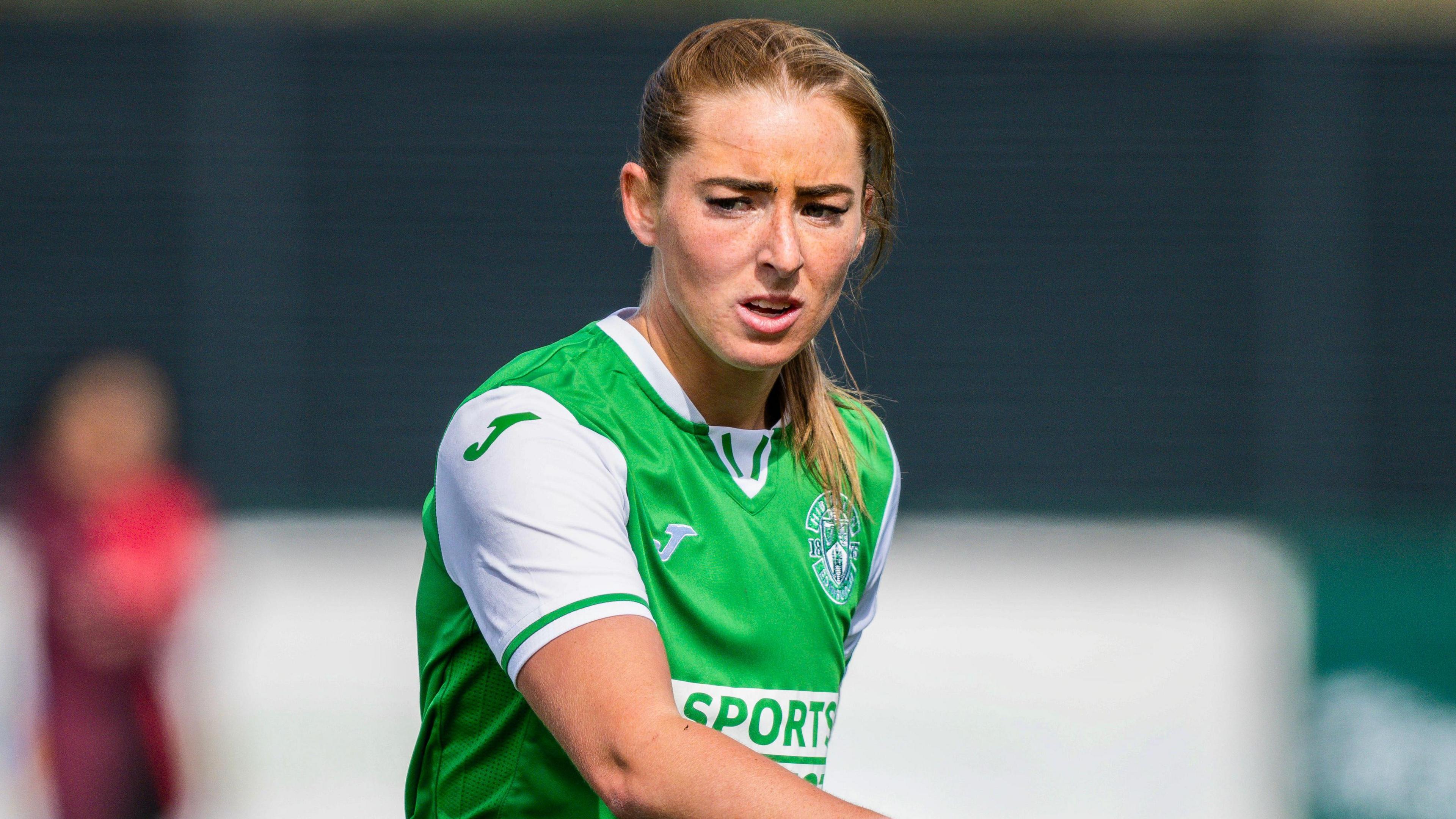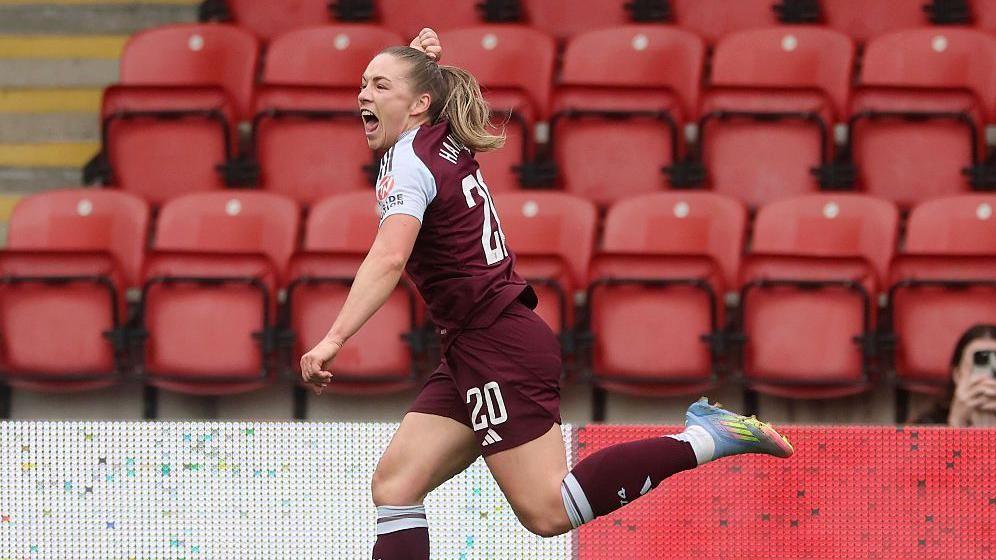News And PoliticsCommunications And EntertainmentSports And FitnessHealth And LifestyleOthersGeneralWorldnewsBusiness And MoneyNigerianewsRelationship And MarriageStories And PoemsArts And EducationScience And TechnologyCelebrityEntertainmentMotivationalsReligion And PrinciplesNewsFood And KitchenHealthPersonal Care And BeautySportsBusinessFamily And HolidaysStoriesIT And Computer ScienceRelationshipsLawLifestyleComedyReligionLifetipsEducationMotivationAgriculturePoliticsAnnouncementUSMLE And MedicalsMoneyEngineeringPoemsSocial SciencesHistoryFoodGive AidBeautyMarriageQuestions And AnswersHobbies And HandiworksVehicles And MobilityTechnologyFamilyPrinciplesNatureQuotesFashionAdvertisementChildrenKitchenGive HelpArtsWomenSpiritualityQuestions AnsweredAnimalsHerbal MedicineSciencePersonal CareFitnessTravelSecurityOpinionMedicineHome RemedyMenReviewsHobbiesGiveawayHolidaysUsmleVehiclesHandiworksHalloweenQ&A
You are not following any account(s)
profile/5683FB_IMG_16533107021641748.jpg
News_Naija

Dont Tell Me Its Swag, RudeBoy Slams Smoking Trend Among New Artistes In Music Videos
~0.8 mins read
Nigerian singer, Paul Okoye, popularly known as RudeBoy of Psquare, has cautioned up-and-coming artistes against smoking while in their music visualizers. In a message posted on his Instagram story on Saturday, Okoye questioned the trend of smoking in music videos, pointing out that many young artists appear unhealthy while trying to project a certain image. Writing in Pidgin, Paul wrote, “Dear new acts, abeg who tell una say whenever una de shoot visualizer video, say una must de smoke igbo for camera. “20 sec music never start you still de light up… well na your choice ohh but make sure you de eat well, at least de chop better food.. don’t tell me is swag or trying to look fly.” He further criticised the contradiction between spending heavily on smoking while struggling to afford decent meals, saying. “You’re looking sick. You de smoke around 50k de battle indomie of 1k without egg.” He concluded his post by hinting at the pressure faced by rising artistes, simply writing, “Under pressure…”
Read more stories like this on punchng.com
dataDp/3575.jpeg
Futbol

~0.8 mins read
Hibernian beat Rangers 2-0 in a top-of-the-table clash to return to the SWPL summit with five games remaining. Kathleen McGovern broke the deadlock after just nine minutes at Meadowbank when she headed Eilidh Adams' cross beyond Jenna Fife in the Rangers goal. Rangers had already had a Kirsty Howat effort disallowed for a foul before Hibs' opener. And the Leith side doubled their advantage 10 minutes before the break when Stacey Papadopoulos drilled a low shot from the edge of the box into the bottom corner, through the hands of the diving Fife. The victory moves Hibs two points clear of Jo Potter's side, and three ahead of Glasgow City in third. "To come here and get another big three points is great but there's still a long way to go," Adams told BBC Alba. "There's a real togetherness within the squad and we fight until the end. There's a brilliant group of girls, we all get on really well and you can see that on the pitch."
All thanks to BBC Sport
dataDp/3575.jpeg
Futbol
'Dream Was Already Gone' - Valakari On St Johnstone's Half-time Focus Shift
~2.4 mins read
This Hampden day out was designed to bring welcome relief for St Johnstone from the struggle of their Scottish Premiership survival slog. Albeit, that opportunity was against Celtic, but their recent league win over Brendan Rodgers' side would have brought some hope. For 30-odd minutes of a sun-kissed semi-final at the national stadium, those adorned in blue may well have momentarily forgotten all about basement battles and dared to dream as they held Celtic at arms length. Just 12 minutes after Callum McGregor's opener, the bubble had truly burst. The relegation fight was back, firmly at the forefront, with the treble-chasing holders four ahead by half-time and the Perth side reeling from a flurry of counters. At the break, Valakari had to be realistic and prioritise. "The dream was already gone to reach the final," the Finn told BBC Scotland. "So, yes, the thinking process already went the next games. "At the same time, we still had 45 minutes. We could not go out there and collapse because it could have done even more damage to us." No-one expected the contest to be over at that point given the way the opening 33 minutes had played out. Yes, Celtic dominated but didn't pierce St Johnstone's defence too often with goalkeeper Andy Fisher rarely troubled. It went so badly wrong from there and, come the break, any scoreline seemed within Celtic's reach. The fact the Perth side held out to concede just once more will likely help in the coming games. "That's what Celtic can do against any team here in Scotland, even in Europe," Valakari continued. "No hard feelings, no excuses. We didn't do enough good football things to get anything out of it. "We came here to compete to the final. It didn't happen this year. We are sad now, but that was our 2025 cup journey." A five-game journey of cup finals beckons with massive implications for the club, starting with a trip to face Motherwell in their first post-split fixture on Saturday. For all Celtic's attacking threat here, errors played a part in St Johnstone's downfall. Valakari is clear on the lessons that need to be quickly learned ahead of the run-in. "That's the reason we are where we are in the table," he said. "We can do very, very good things, but we can't do it enough whole 90 minutes. "It needs to change now because the margin of error, we don't have anymore. We can't give silly goals away because we don't have time or points to do it. "There is no opponent who will help us to get out of it. It's only us. We need to do it. We own our own performance. We own our situation and we own if we get out of it. "So, there's no fear. It's a full attack." St Johnstone's destiny still, maybe just, remains in their hands. With five points between them and Dundee, and a Perth meeting between the two the last game of this season. Valakari will hope his side have a fighting chance at the end of their five-game run, rather than their hopes being over halfway through as was the case at Hampden. What did you make of St Johnstone's performance? And what effect might it have on them in the league? Let us know here
All thanks to BBC Sport
dataDp/3575.jpeg
Futbol

~2.2 mins read
Kirsty Hanson scored a stoppage-time winner as second-bottom Aston Villa beat Tottenham to ease their relegation fears. Spurs looked to have secured a battling point as goals from Jess Naz and Ella Morris helped them recover from 2-0 down following earlier efforts from Anna Patten and Ebony Salmon. However, Villa substitute Hanson, who also scored in their 2-1 victory over Liverpool last time out, struck in the 91st minute to secure back-to-back wins for Natalia Arroyo's side for the first time since January 2024. The crucial success moved Villa seven points clear of bottom club Crystal Palace with three games left, while Spurs are two points clear in ninth spot. In a scrappy encounter in the capital, Villa made the breakthrough in the 30th minute when Patten, on her 26th birthday, headed in from close range after Rachel Daly's header rebounded off the bar. Salmon doubled their lead 11 minutes after half-time, finding herself one-on-one with Lize Kop and beating the Dutch goalkeeper with a low strike. However, Spurs, who haven't won a league match since January, responded superbly. Naz produced a poacher's finish in the six-yard box from a 65th-minute corner, before Morris levelled in the 70th minute, bursting on to a speculative long ball, rounding Villa keeper Sabrina D'Angelo, who had come charging out of her goal, and sliding the ball in from a tight angle. However, Hanson shattered Tottenham hearts, breaking through the home defence on to a Daly pass, before slotting a low finish into the bottom corner. Leading 2-0 on the hour mark, Villa looked to have the three points wrapped up. But just 10 minutes later, as Tottenham hit back through Naz and Morris, it was the home side who looked the more likely to go on and find a winner. And in that regard, the match played entirely to type. Since the start of last season, only Manchester City and Arsenal had won more points from losing positions than Tottenham (15), while Villa had dropped more points (34) from winning positions. But if there's one thing the visitors have enjoyed this campaign, it's late drama. Prior to Sunday's match, six of their 18 goals had been scored after the 75th minute, including Salmon's 94th-minute winner against Crystal Palace in November and an 87th-minute own goal when they defeated Liverpool 2-1 at the end of March. Hanson came off the bench to score the equaliser against the Reds, and it was the 27-year-old who came up trumps again. Villa have taken their time to get going under Arroyo, who lost her five matches in charge, but are finding form and results at just the right time. There's still plenty to work on, with her side still displaying a lack of confidence and quality in the final third and looking vulnerable at the back whenever their high press was breached. But with back-to-back league wins for the first time since January 2024, they are level on points with 10th-placed Leicester City, and have breathing room over Palace, who face a tough trip to leaders Chelsea on Wednesday in their game in hand.
All thanks to BBC Sport
Loading...
 News_Naija
News_Naija
 Futbol
Futbol